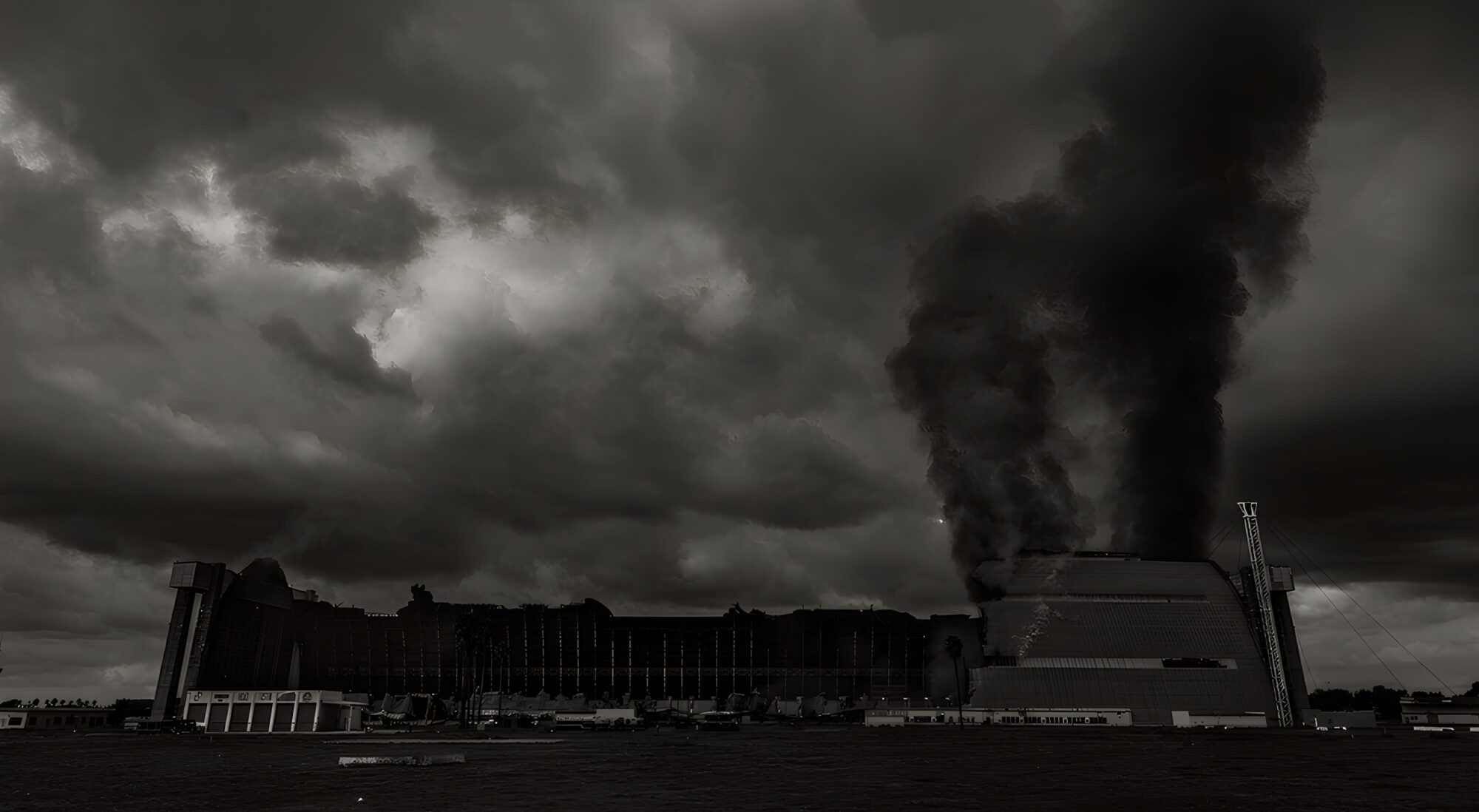The probability of a recession occuring within the next 12 months has never been higher during the current economic recovery. This is according to the economists at JPMorgan.
“Our preferred macroeconomic indicator of the probability that a recession begins within 12 months has moved up from 30% on May 5 to 34% last week to 36% today,” JPMorgan’s Jesse Edgerton wrote. “This marks the second consecutive week that the tracker has reached a new high for the expansion.”
JPMorgan’s proprietary model considers the levels of several economic indicators, including consumer sentiment, manufacturing sentiment, building permits, auto sales, and unemployment.
This comes on the heels of Friday’s disappointing May jobs report. According to the Bureau of Labor Statistics, US companies added just 38,000 nonfarm payrolls during the month. Economists were expecting 160,000. Meanwhile, the unemployment rate fell to 4.7% in May from 5.0% in April, but this was largely a function of 458,000 workers dropping out of the labor force.
JPMorgan notes that nonfarm payrolls is actually not part of the model. But the unemployment rate is. Interestingly, a low unemployment rate can be considered an ominous sign.
“The unemployment rate enters the model in two ways,” Edgerton explained. “As a near-term indicator, we watch for increases in the unemployment rate that occur near the beginning of recessions. So this morning’s move down in the unemployment rate lowered the recession probability in our near-term model. But we also find the level of the unemployment rate to be one of the most useful indicators of medium-term recession risk. So the move down in unemployment raises the model’s view of the risk of economic overheating in the medium run and raises the ‘background risk’ of recession.”
Indeed, recessions begin when things are very good. It’s only when reports come in that the data has turned that we realize we’ve been in a recession.
Even Warren Buffett will tell you that a recession will inevitably come. For him, that won’t be for a while.
But if it turns out that the recent slew of disapppointing data becomes a trend, the bulls may be forced to change their tune.
https://finance.yahoo.com/news/jpmorgan-recession-risk-new-high-160251309.html
